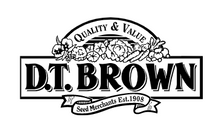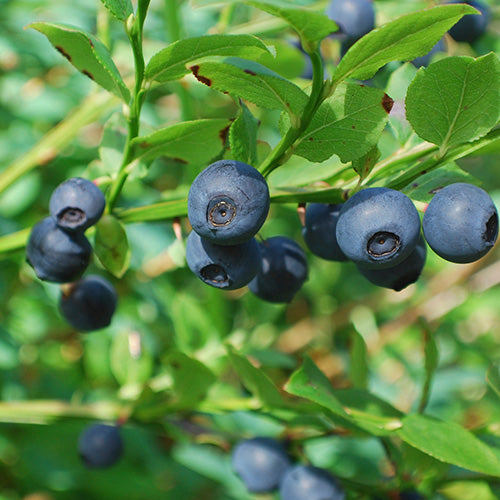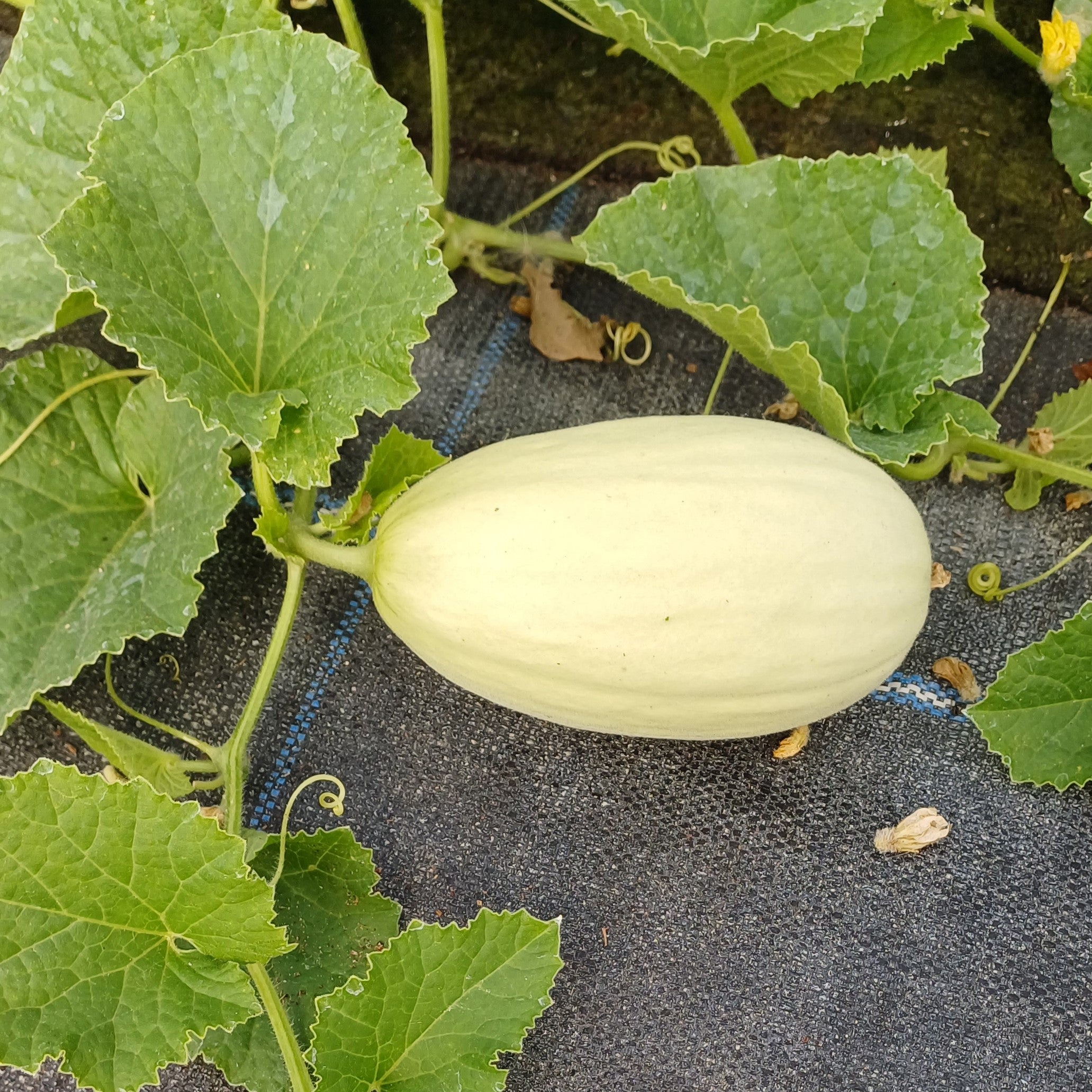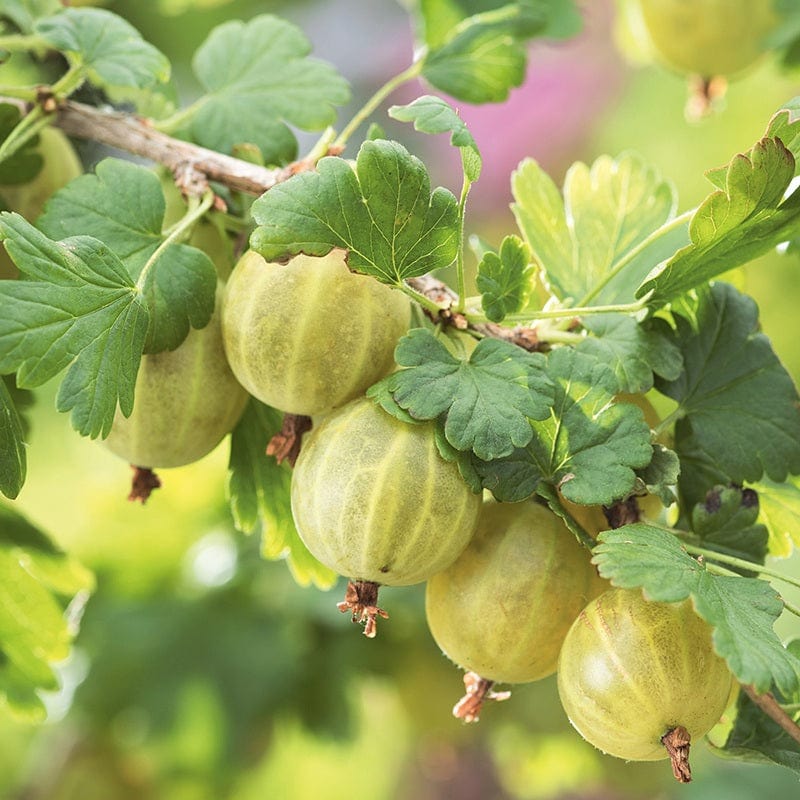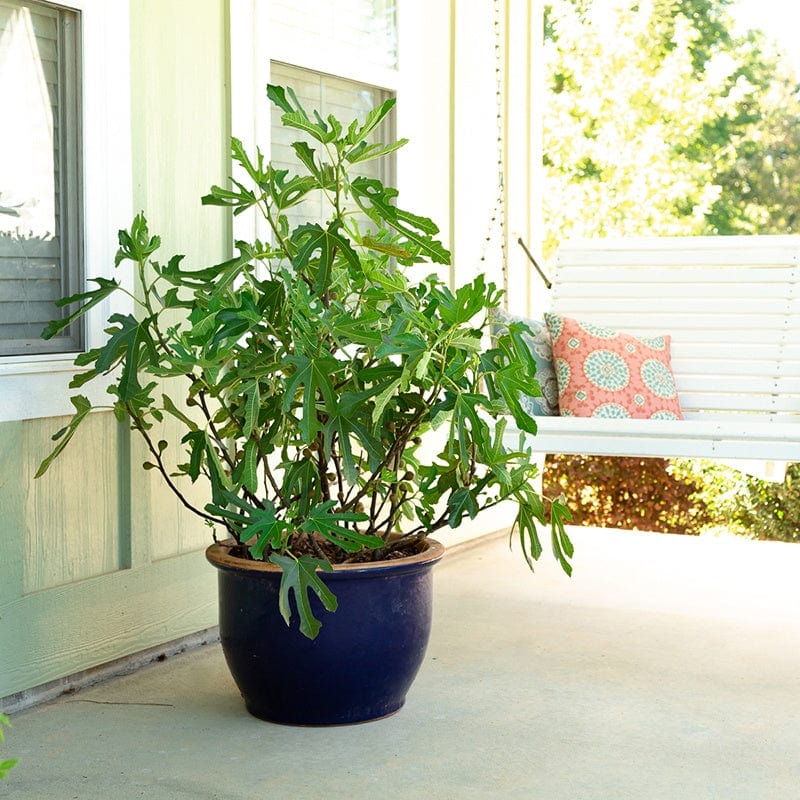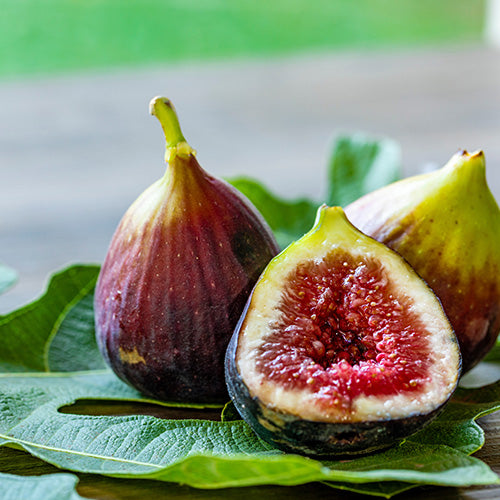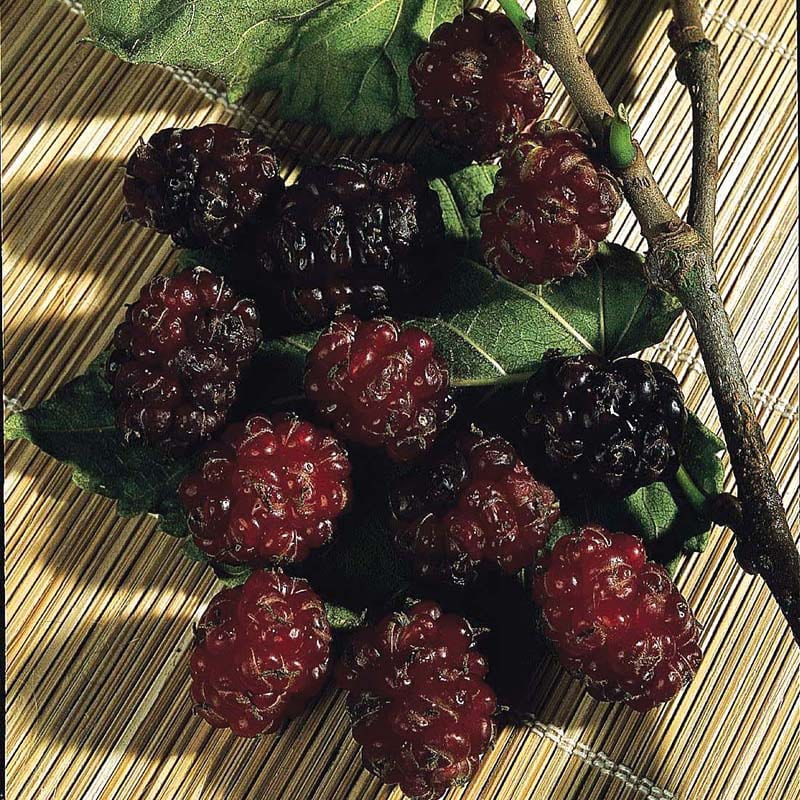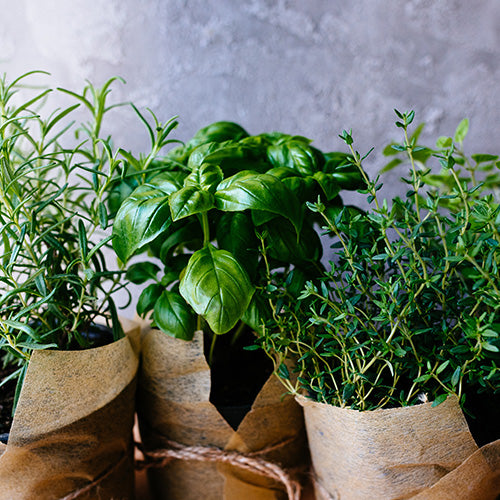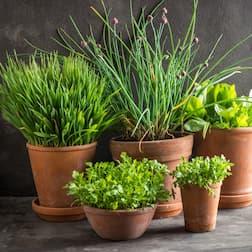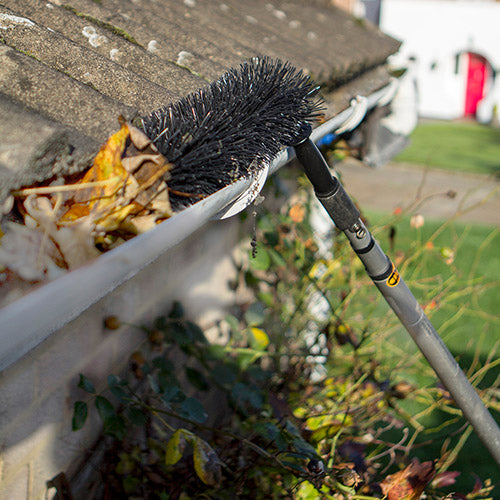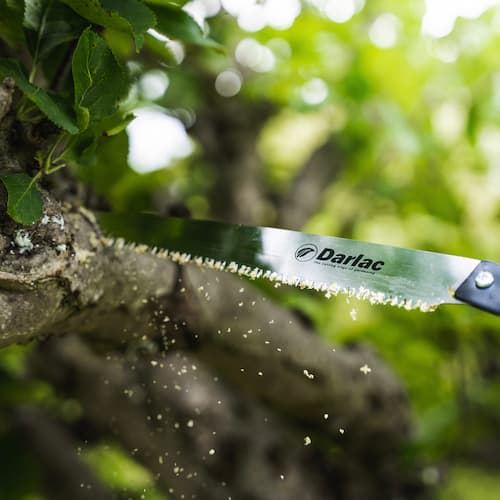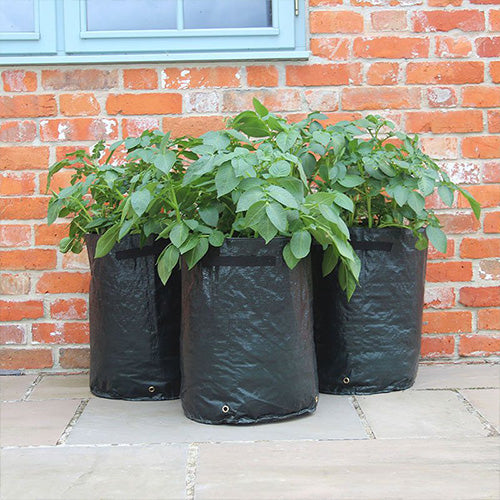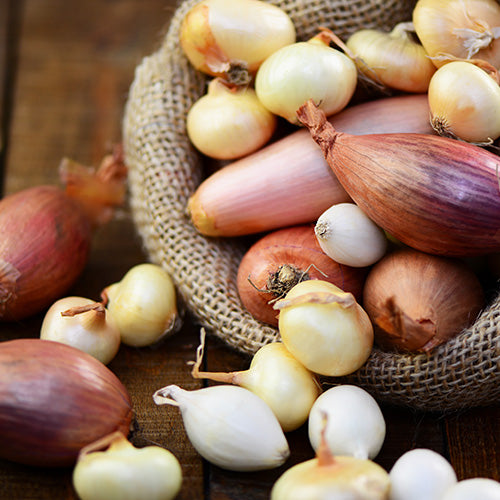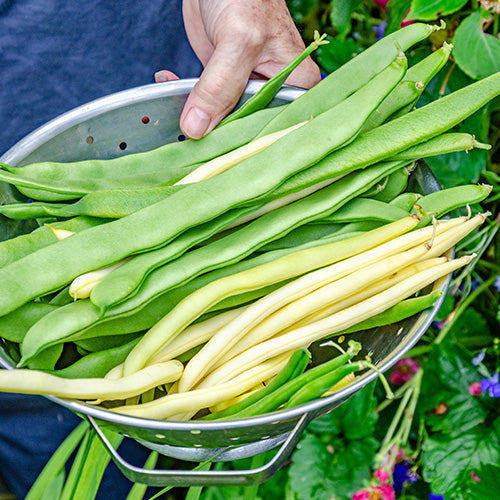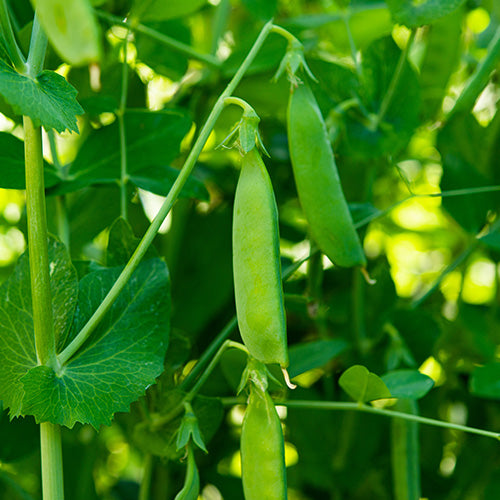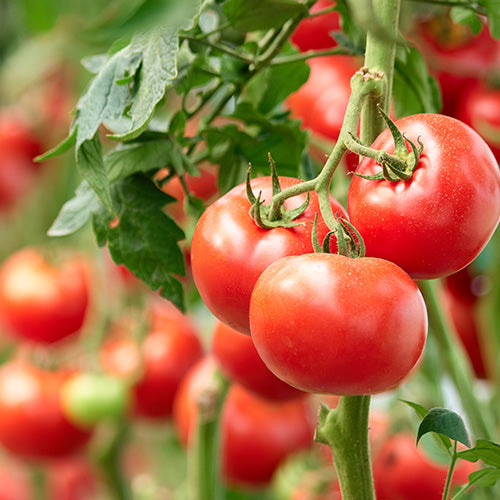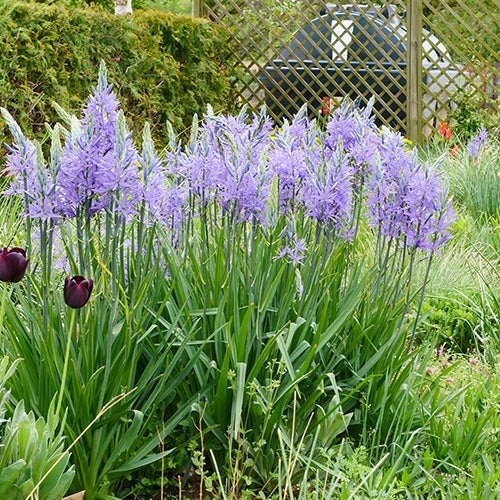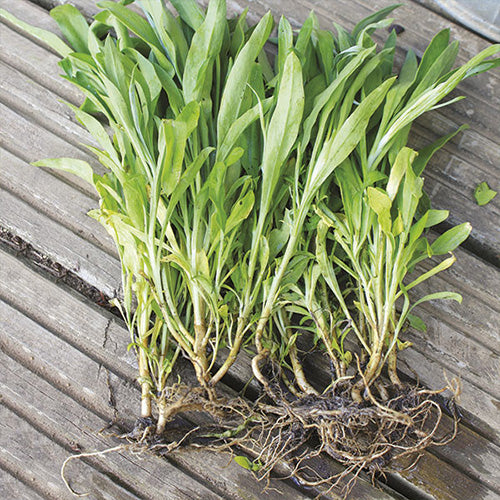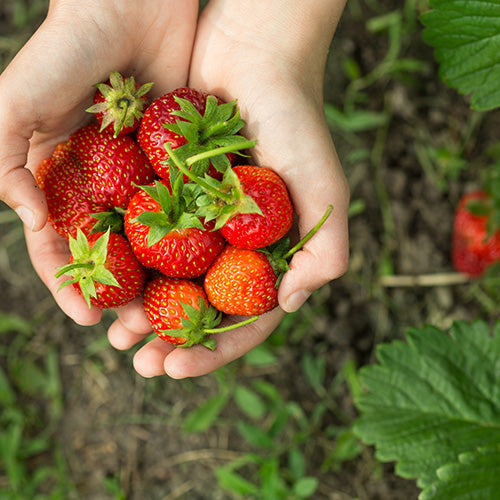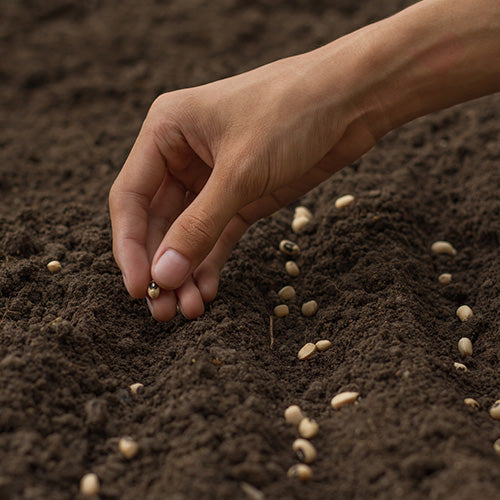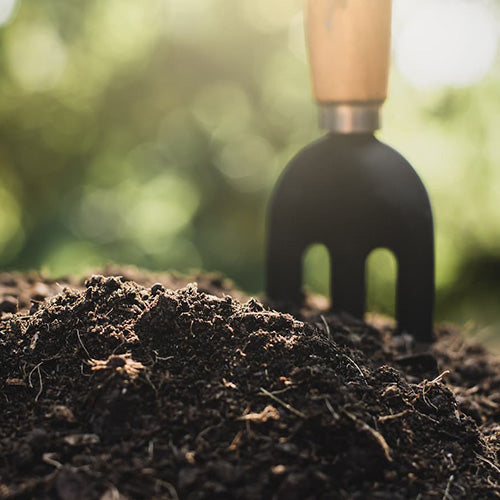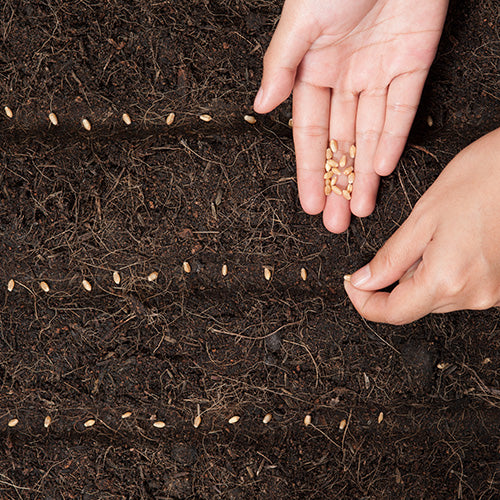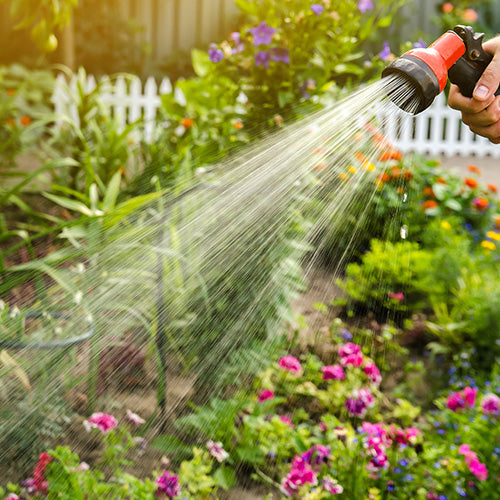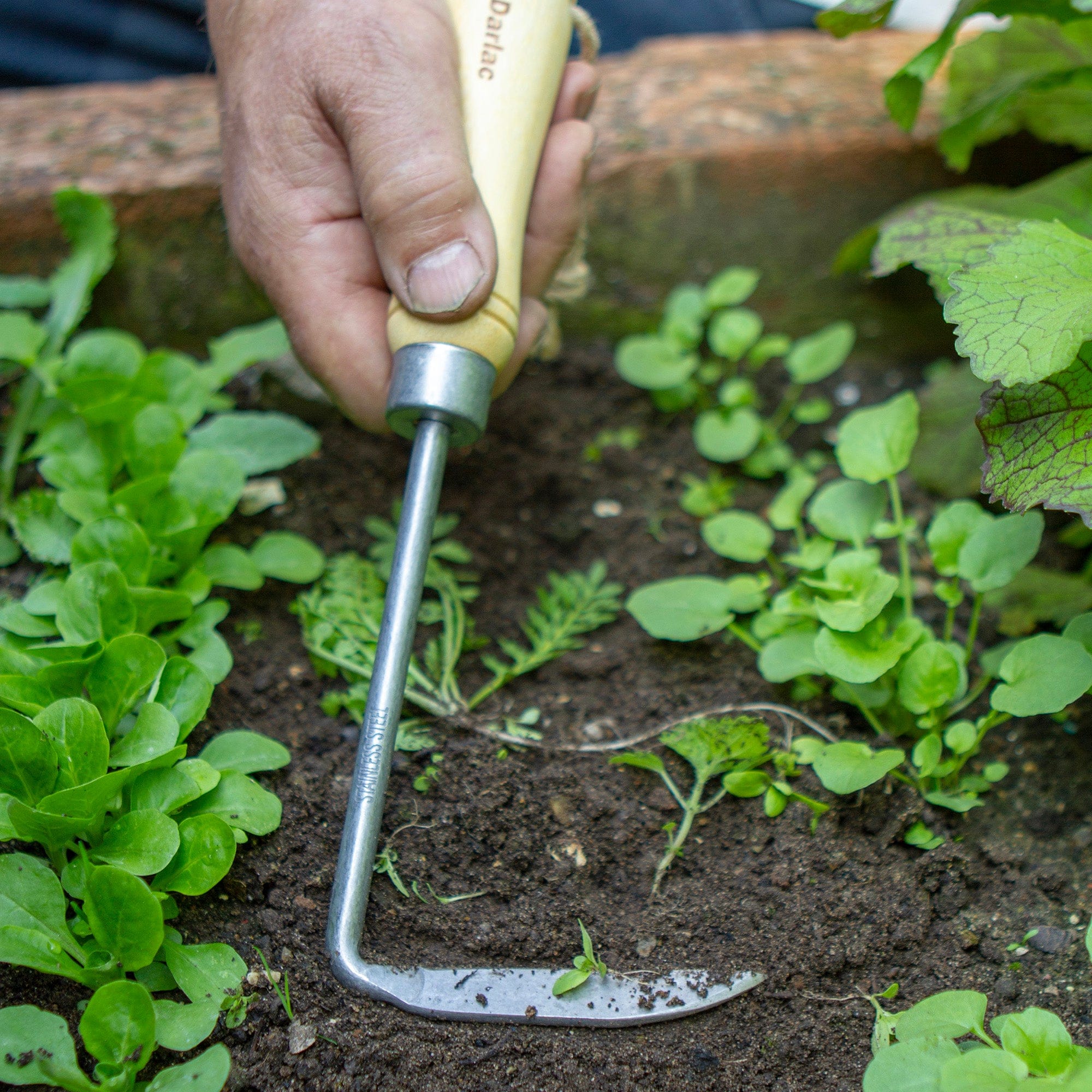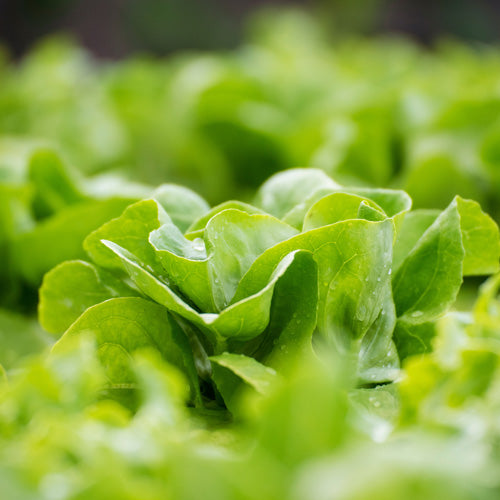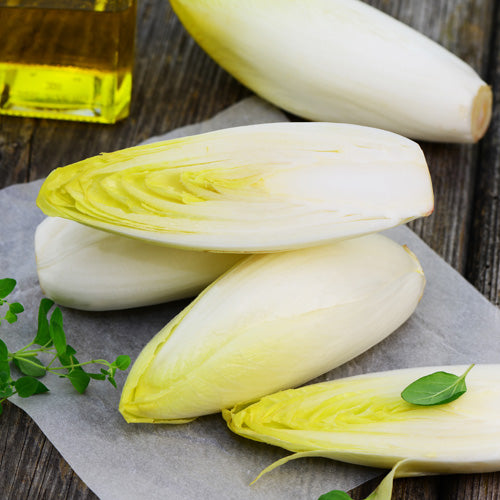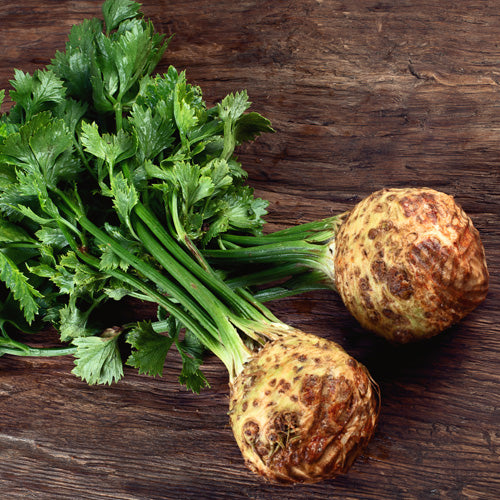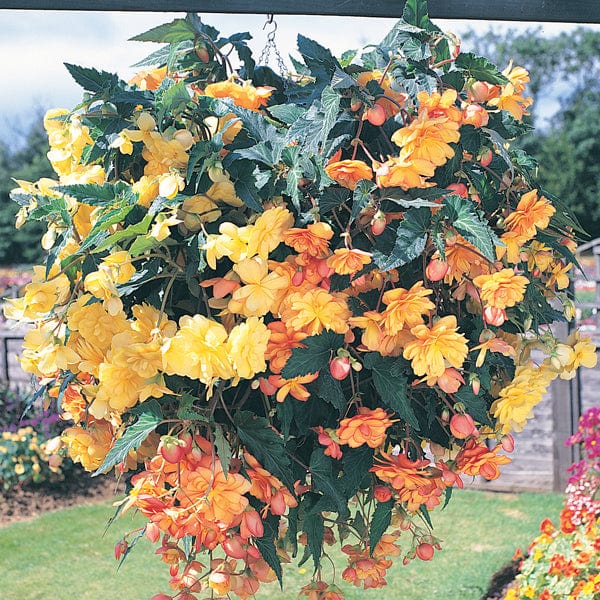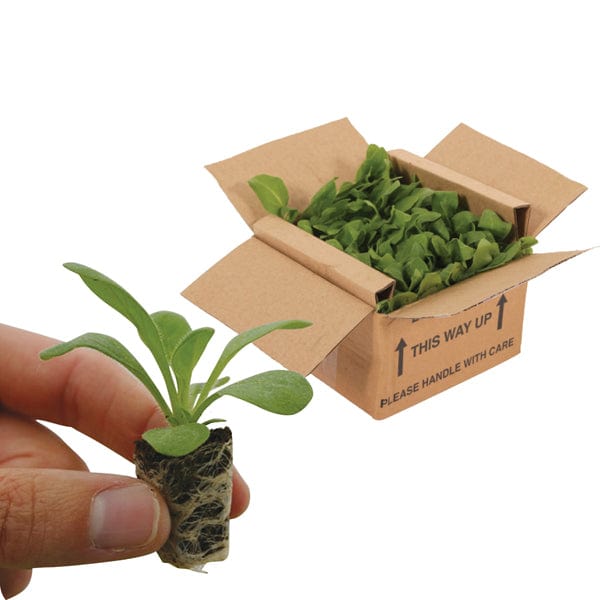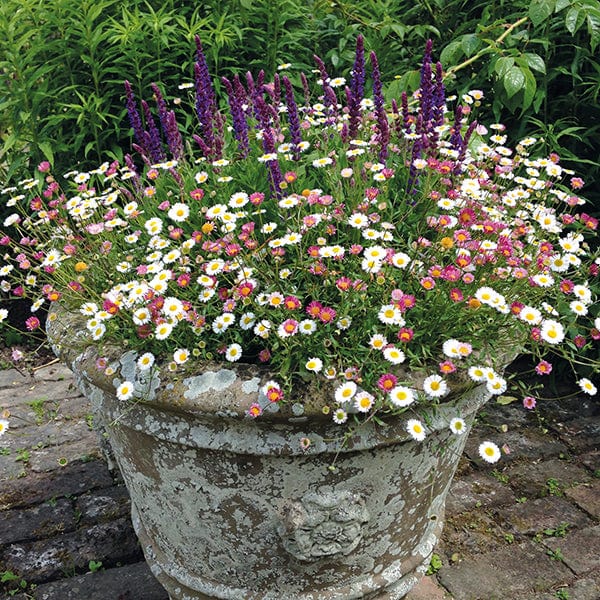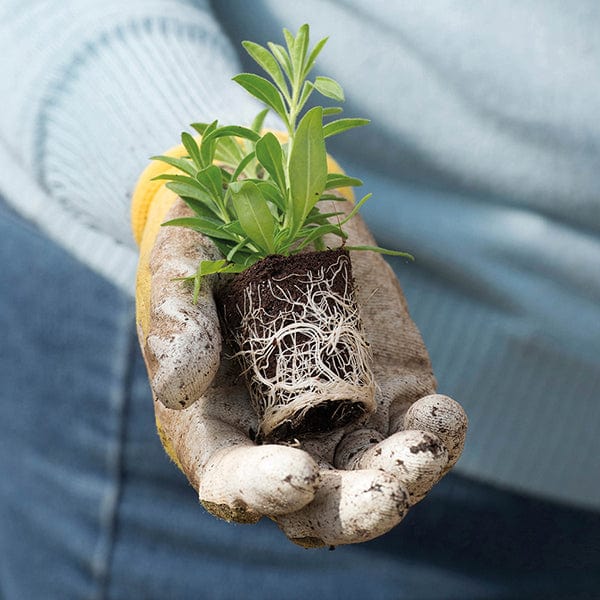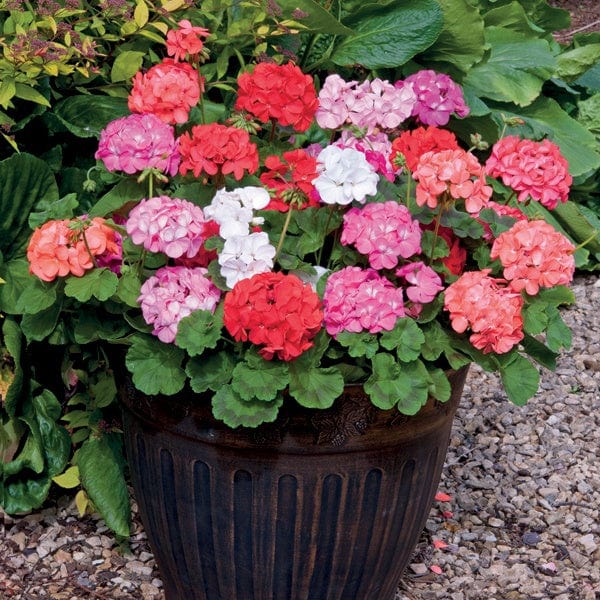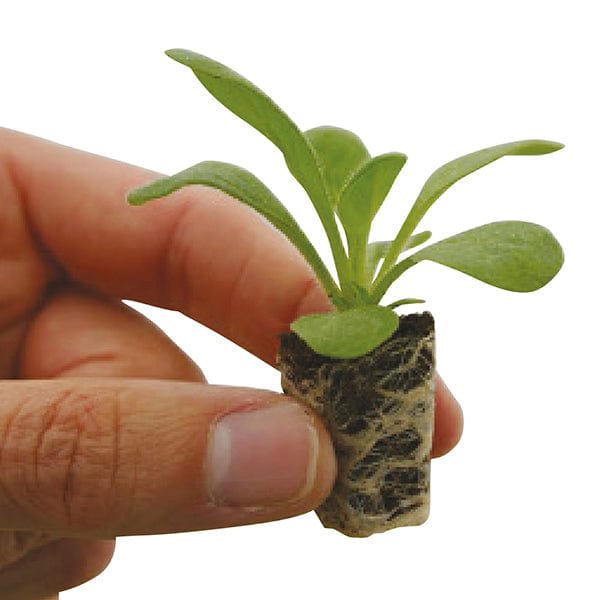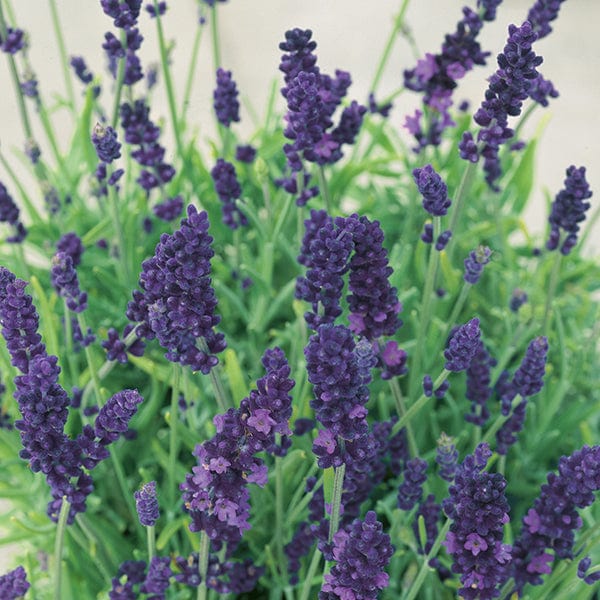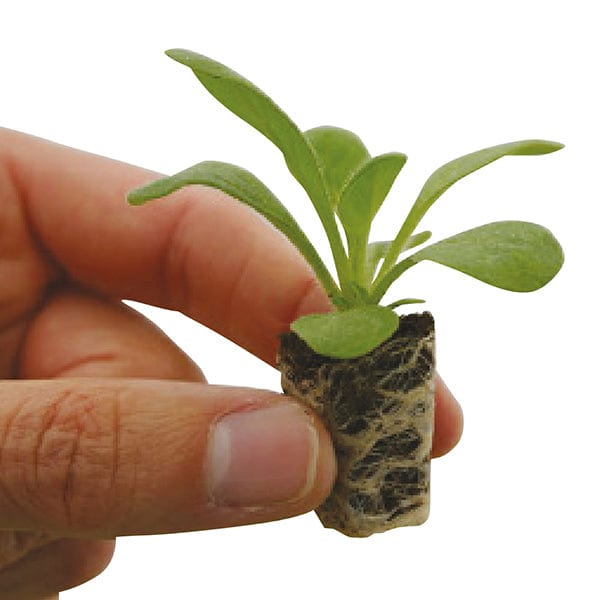Get the very best, freshest lettuce by growing your own from the wide range of types and varieties that are available to gardeners these days. And by choosing a selection of varieties and having a protected growing area it is possible to have crops for most of the year.
Butterhead lettuces have soft and tender leaves and need to be eaten straight after harvesting, so if they are available at all in shops they tend to be past their best. They have an open habit, are quick-maturing and tolerate poorer growing conditions. Cos lettuce varieties are succulent and crisp, with an upright growth habit and oblong head, Lettuce Little gem is a best selling compact cos that is perfectly suited to growing in smaller spaces, raised beds and containers. The crisphead lettuce produce large hearts of curled and crisp leaves and are more resistant to bolting (going to seed prematurely); this group includes the iceberg types. Finally, there are the looseleaf varieties or continental types so called because they do not produce a heart. They make excellent cut-and-come again crops where you simply cut as many leaves as you want and leave the plant to continue growing.
Sowing
Sow a short row every fortnight to ensure continuity of cropping. Sow seed thinly 1.5cm/half-inch deep in rows 30cm/12in. apart. Time of sowing depends on the variety and when the crop is wanted but generally, for a summer/autumn crop sow outdoors from late March to early August. For an even earlier crop, sow indoors in early February and plant out in early March under cloches or plastic which have been in place for a couple of weeks to pre-warm the soil. For an early winter crop sow outdoors in early August and cover the plants with closed cloches in late September. For a midwinter crop sow in a heated greenhouse in September and October and grow on in the greenhouse. For a spring crop sow a variety such as Winter Density from August onwards, either in a cold greenhouse or outside under cloches in mild areas.
Growing
Start thinning as soon as the first true leaves appear and continue as necessary while the plants develop. Take alternate plants allowing the remainder to grow on. If you water the soil the day before thinning and do it carefully, the thinned out plants can be replanted, properly spaced at the end of the row, and will provide give a slightly later crop. Otherwise the thinning can be used in salads. Water when the soil is dry; the best time to water is early morning.
Harvesting
Lettuce is ready when a firm heart has formed; the exception to this are the loose-leaf varieties where leaves are harvested as and when needed. It is best to take just a few leaves from each plants, allowing them to grow on with minimal disturbance. It's best to cut in the morning when the plants will be at their freshest.
TOP GREEN TIP
Early in the year sparrows can be a problem as they find young lettuce plants irresistible. Protect with fleece, chicken wire or similar. High soil temperatures in summer can prevent some varieties from germinating. Water with cold water and provide some shade to keep cool.
